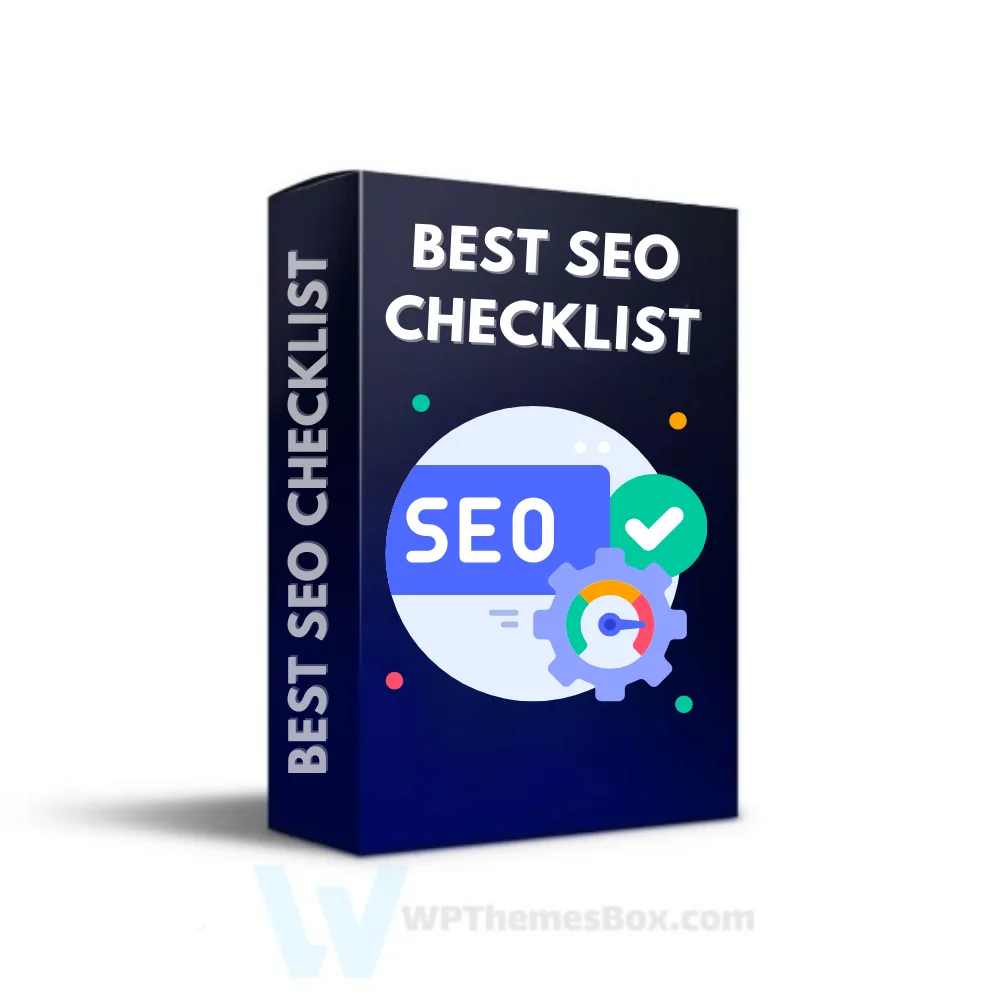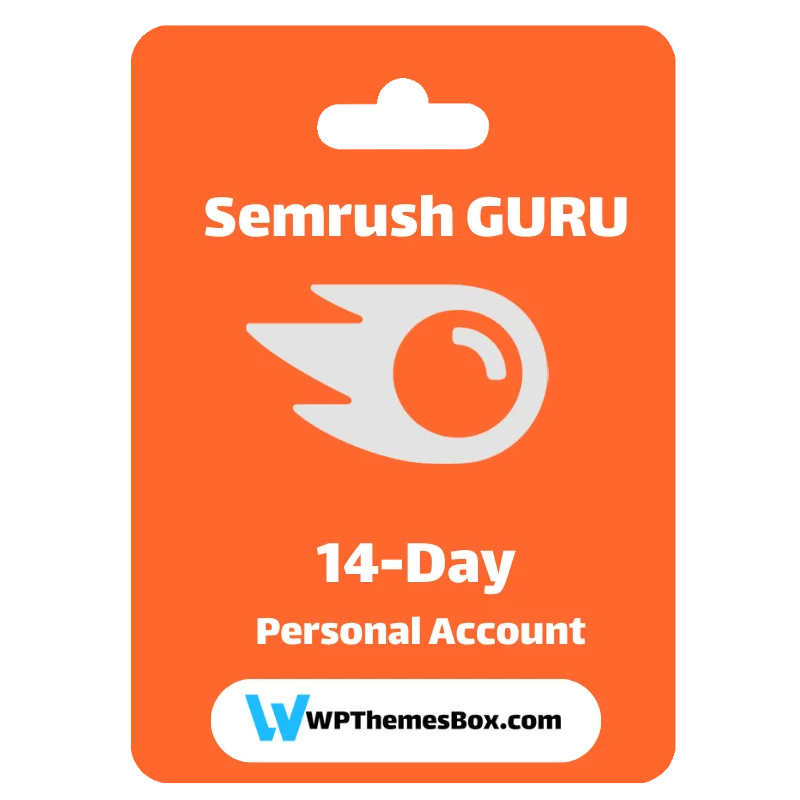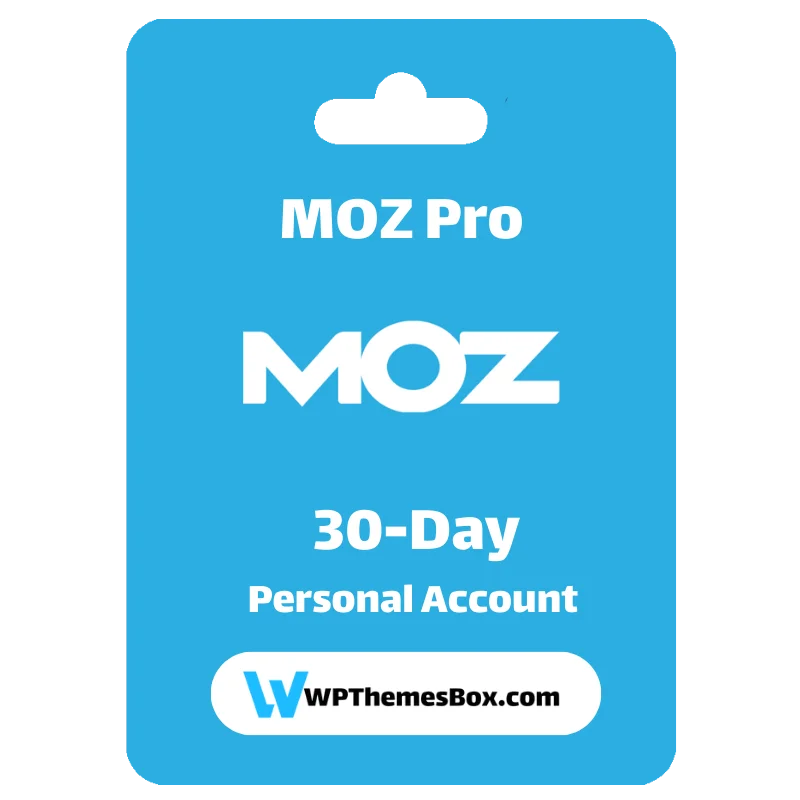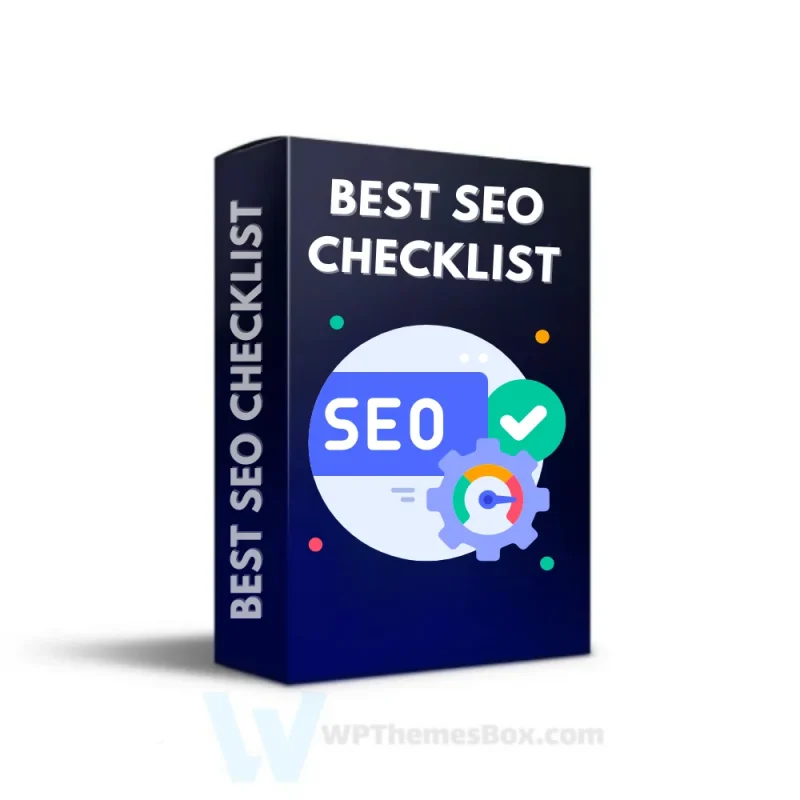BEST SEO CheckList
€10.00
Get the top SEO checklist with proven tactics to rank higher. Includes keyword research templates, on-page optimization checklist and more. All the SEO secrets you need to succeed online.
🏆 Table of Contents 🏆
✅ SEO Beginner
✅ SEO-friendly URL
✅ E-E-A-T and Y-M-Y-L
✅ Technical SEO
✅ Competitor Analysis
✅ Schema SEO
✅ Color, Image and Video
✅ Extra SEO
✅ Security
✅ Basic Backlink
Ultimate SEO Checklist for Boosting Website Visibility
In the fiercely competitive world of online marketing, search engine optimization (SEO) stands as a cornerstone for businesses seeking to enhance their online presence. Whether you’re a seasoned digital marketer or a newcomer to the field, understanding and applying SEO principles can be the difference between a flourishing website and one lost in the vast sea of the internet. This SEO checklist provides a detailed guide to optimizing your website, covering everything from keyword research to on-page SEO, technical SEO, and link-building strategies.
Understanding the Importance of SEO
SEO is not just a buzzword; it’s a fundamental practice that drives organic traffic to your website, increases visibility on search engines, and ultimately leads to higher conversion rates. With search engines like Google constantly updating their algorithms, staying informed about the latest SEO trends and practices is crucial. This checklist will ensure that your website remains competitive, user-friendly, and easily discoverable by search engines.
Comprehensive SEO Checklist
1. Keyword Research: The Foundation of SEO
Before diving into other aspects of SEO, start with thorough keyword research. Identifying the right keywords is essential as they are the terms your potential customers are searching for. Use tools like Google Keyword Planner, Ahrefs, or SEMrush to find high-volume, low-competition keywords related to your industry. Ensure these keywords are relevant to your content and target audience.
- Primary Keywords: Focus on broad keywords that define your niche.
- Secondary Keywords: Target more specific, long-tail keywords that have lower competition.
- LSI Keywords: Use latent semantic indexing (LSI) keywords to give context to your content and improve relevance.
2. On-Page SEO: Optimizing Content for Search Engines
On-page SEO involves optimizing individual pages on your website to rank higher and earn more relevant traffic. Here’s how you can optimize your on-page elements:
- Title Tags: Ensure your title tags are compelling, keyword-rich, and within 50-60 characters.
- Meta Descriptions: Write concise meta descriptions (150-160 characters) that include your primary keyword and a call to action.
- Header Tags (H1, H2, H3): Use header tags to structure your content, making it easier for search engines and users to navigate.
- Keyword Placement: Include your primary keyword in the first 100 words, in headers, and naturally throughout the content.
- Content Quality: Write informative, original, and engaging content that meets the search intent of your target audience.
- Image Optimization: Use descriptive alt text for images, and compress images to improve page loading speed.
- Internal Linking: Link to other relevant pages within your website to improve site structure and user experience.
3. Technical SEO: Ensuring Your Site is Search-Engine Friendly
Technical SEO focuses on the backend of your website, ensuring that search engines can easily crawl and index your site. Here’s what you need to check:
- Mobile-Friendliness: Ensure your website is fully responsive and provides a seamless experience on mobile devices.
- Site Speed: Use tools like Google PageSpeed Insights to check and improve your site’s loading time. Compress images, enable browser caching, and consider using a content delivery network (CDN).
- SSL Certificate: Secure your website with HTTPS to protect user data and improve trust.
- XML Sitemap: Submit an XML sitemap to Google Search Console to help search engines crawl your site more efficiently.
- Robots.txt: Optimize your robots.txt file to guide search engines on which pages to crawl and index.
- Structured Data: Implement schema markup to provide search engines with more information about your site’s content.
4. Content Strategy: Creating Valuable, Engaging Content
Content is king in the world of SEO. Your content strategy should focus on creating valuable, engaging, and shareable content that meets the needs of your audience. Consider the following:
- Content Length: Aim for longer, in-depth articles (1,500+ words) that cover topics comprehensively.
- Regular Updates: Regularly update your content to keep it fresh and relevant.
- Content Variety: Use a mix of blog posts, infographics, videos, and podcasts to cater to different audience preferences.
- User Experience (UX): Design your content to be easily readable, with clear headings, bullet points, and short paragraphs.
5. Off-Page SEO: Building Authority and Trust
Off-page SEO involves activities outside your website that influence your rankings. Building high-quality backlinks is a major aspect of off-page SEO. Here’s how to do it:
- Guest Blogging: Write guest posts for reputable sites in your industry to earn backlinks and increase your authority.
- Influencer Outreach: Collaborate with influencers to promote your content and gain quality backlinks.
- Social Media Marketing: Share your content on social media platforms to drive traffic and engagement.
- Online Directories: Submit your site to relevant online directories to increase visibility.
- Brand Mentions: Monitor brand mentions and request backlinks from sites that mention your brand without linking.
6. Local SEO: Optimizing for Local Search
If your business serves a local audience, local SEO is essential for appearing in local search results. Focus on the following:
- Google My Business: Claim and optimize your Google My Business listing, ensuring all information is accurate and up-to-date.
- Local Keywords: Incorporate local keywords (e.g., “SEO services in New York”) into your content and metadata.
- NAP Consistency: Ensure your business name, address, and phone number (NAP) are consistent across all online platforms.
- Local Citations: Get listed in local business directories to improve local search rankings.
- Customer Reviews: Encourage satisfied customers to leave positive reviews on Google and other review platforms.
7. Analytics and Monitoring: Measuring SEO Performance
Tracking your SEO efforts is crucial to understanding what’s working and what needs improvement. Regularly monitor your website’s performance using these tools:
- Google Analytics: Track your website traffic, user behavior, and conversion rates.
- Google Search Console: Monitor your site’s search performance, index coverage, and fix any issues that may arise.
- SEO Audits: Conduct regular SEO audits using tools like Screaming Frog or Ahrefs to identify and fix technical SEO issues.
- Rank Tracking: Use rank tracking tools to monitor your keyword rankings over time.
SEO Checklist for E-Commerce Sites
For e-commerce sites, SEO is particularly important as it directly impacts sales. Here’s a tailored checklist for optimizing your online store:
- Product Descriptions: Write unique, keyword-rich product descriptions that highlight the benefits of each product.
- Category Pages: Optimize category pages with relevant keywords and compelling content.
- User Reviews: Encourage customer reviews and display them on product pages to increase credibility.
- Site Architecture: Ensure your site’s architecture is clear and easy to navigate, with a logical hierarchy of categories and subcategories.
- Structured Data for Products: Implement structured data for products to enable rich snippets in search results.
Common SEO Mistakes to Avoid
Even with the best intentions, it’s easy to make mistakes in SEO. Here are some common pitfalls to avoid:
- Keyword Stuffing: Overusing keywords in your content can lead to penalties from search engines.
- Duplicate Content: Ensure all content on your site is unique to avoid being penalized for duplicate content.
- Ignoring Mobile Optimization: With the majority of users accessing websites via mobile devices, neglecting mobile optimization can hurt your rankings.
- Neglecting Technical SEO: Focusing solely on content without addressing technical SEO issues can limit your success.
- Poor Link Quality: Avoid building links from low-quality or irrelevant sites, as this can harm your SEO efforts.
FAQs
What is the most important part of SEO?
The most crucial aspect of SEO is understanding and implementing keyword research. Without targeting the right keywords, other SEO efforts may not yield the desired results.
How often should I update my SEO strategy?
SEO strategies should be reviewed and updated regularly, at least every few months, to keep up with search engine algorithm changes and evolving industry trends.
Can I do SEO on my own, or do I need to hire an expert?
While basic SEO can be done independently, hiring an expert can help optimize your strategy, especially for more complex technical SEO tasks and advanced strategies.
How long does it take to see results from SEO?
SEO is a long-term strategy. It can take several months to start seeing significant results, but the efforts are cumulative and can lead to sustained success over time.
Is local SEO different from regular SEO?
Yes, local SEO focuses on optimizing your online presence for a specific geographic area, making it particularly important for businesses that operate in a specific location or serve a local audience.
What tools are essential for SEO?
Some essential tools for SEO include Google Analytics, Google Search Console, Ahrefs, SEMrush, and Yoast SEO for WordPress users.
Conclusion
SEO is an ongoing process that requires consistent effort and adaptation to the ever-changing landscape of search engine algorithms. By following this comprehensive SEO checklist, you can ensure that your website is well-optimized, user-friendly, and positioned to attract organic traffic. Whether you’re optimizing a personal blog, a corporate website, or an e-commerce store, the principles of SEO remain the same: create valuable content, optimize for search engines, and build a trustworthy online presence.









